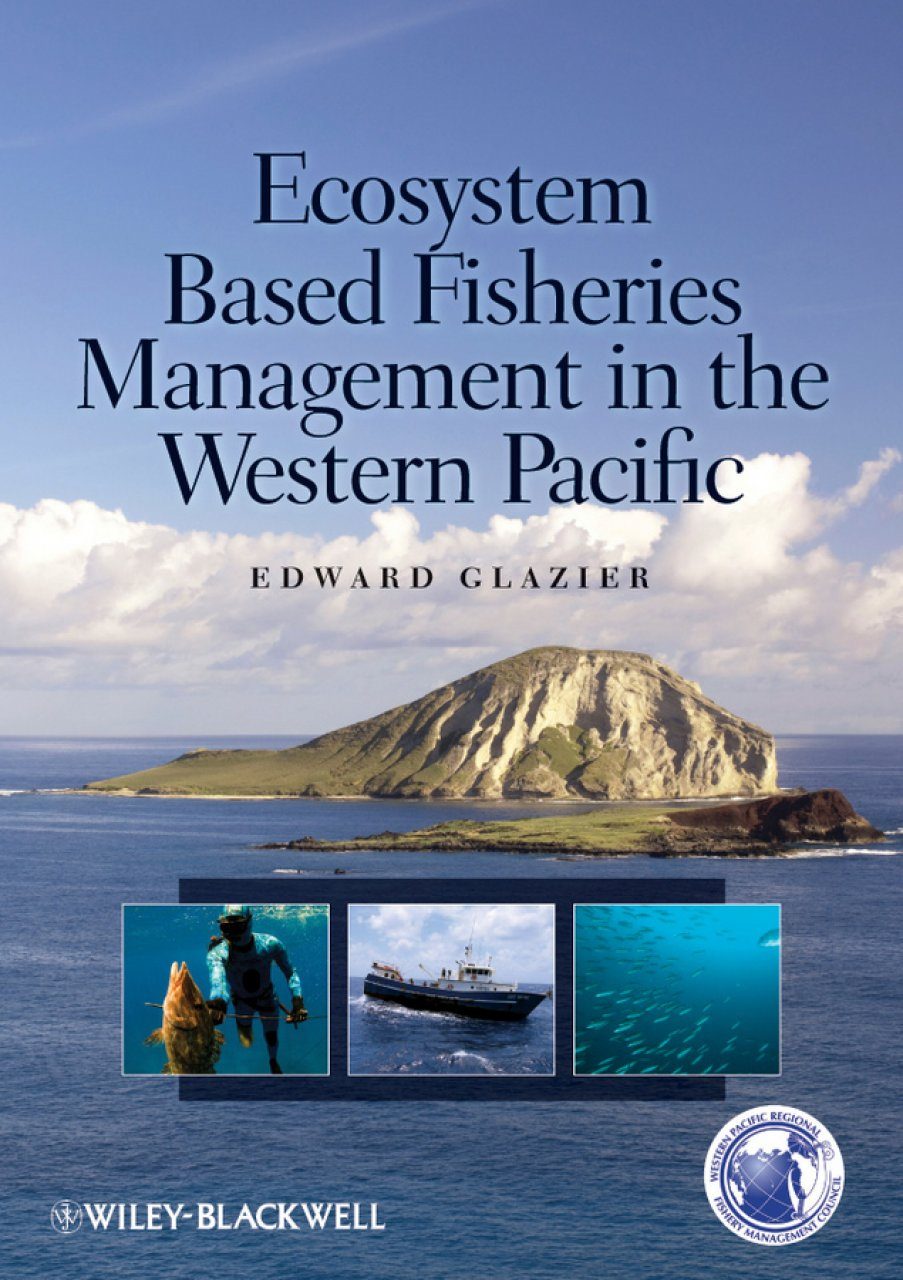Ecosystem-based fisheries management (EBFM) is an approach that seeks to balance the needs of both the environment and the fishing industry. It aims to maintain healthy fish populations while also protecting marine ecosystems and supporting sustainable fishing practices. By taking into account various ecological factors, this management strategy provides a more comprehensive and long-term solution to ensure the continued viability of fisheries.
One of the key principles of EBFM is understanding the interconnections within marine ecosystems. Instead of focusing solely on individual fish populations or target species, this approach recognizes that all organisms in an ecosystem are interconnected, and their well-being is essential for maintaining overall ecosystem health. By considering these interactions, EBFM can help prevent negative impacts on non-target species and habitats.
Another important aspect of EBFM is setting catch limits based on scientific data and analysis. Traditional fisheries management often relied on historical catch data without considering other ecological factors such as predation rates or habitat quality. In contrast, EBFM utilizes a more holistic approach by taking into account factors like food availability, predator-prey relationships, and population dynamics when determining catch limits. This helps prevent overfishing and allows fish populations to recover naturally.
To implement EBFM effectively, collaboration between scientists, policymakers, fishermen, and other stakeholders is crucial. The involvement of local communities who depend on fishing for their livelihoods ensures that their knowledge about local ecosystems is considered in decision-making processes. This participatory approach encourages collective responsibility towards sustainable resource use.
Additionally, implementing protected areas or marine reserves can support EBFM efforts by providing safe havens for breeding grounds and allowing fish populations to replenish themselves naturally. These protected areas act as insurance policies against unexpected events such as climate change impacts or disease outbreaks.
EBFM also promotes innovation in fishing techniques through gear modifications that reduce bycatch – unintended capture of non-target species – thereby minimizing harm to vulnerable marine life like turtles or dolphins.
Overall, adopting ecosystem-based fisheries management not only ensures the long-term sustainability of fish populations but also protects marine ecosystems and supports local communities. By considering the interconnectedness of species, setting catch limits based on scientific data, involving stakeholders in decision-making processes, and implementing protected areas, EBFM provides a comprehensive framework for sustainable fishing practices. Embracing this approach is essential to safeguarding our oceans’ health and securing the future of our fisheries.

Leave a comment